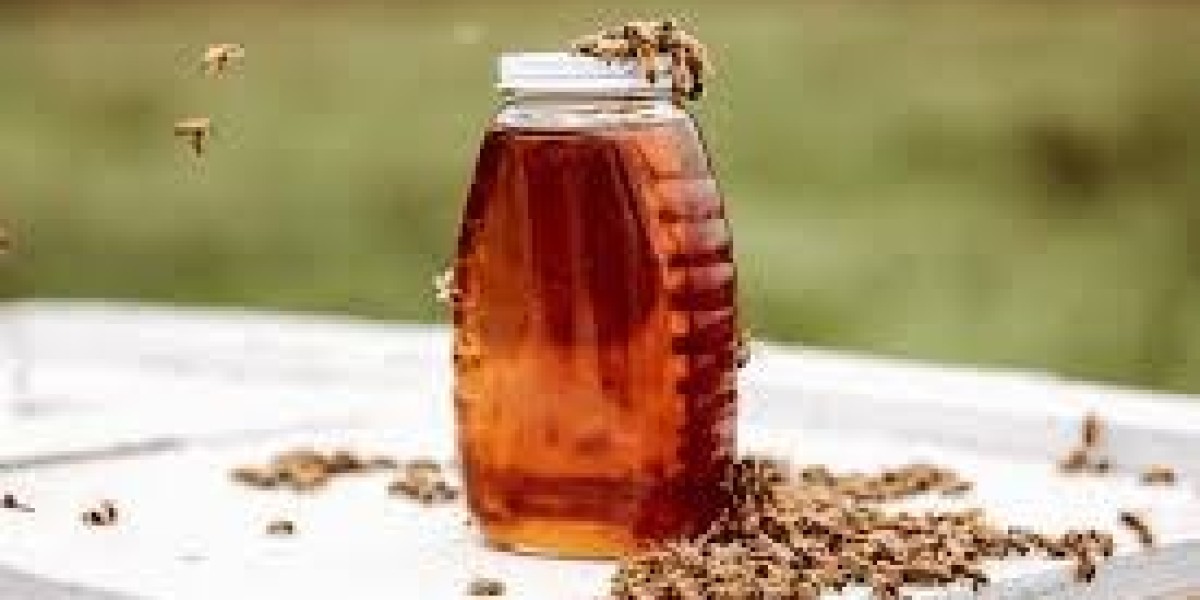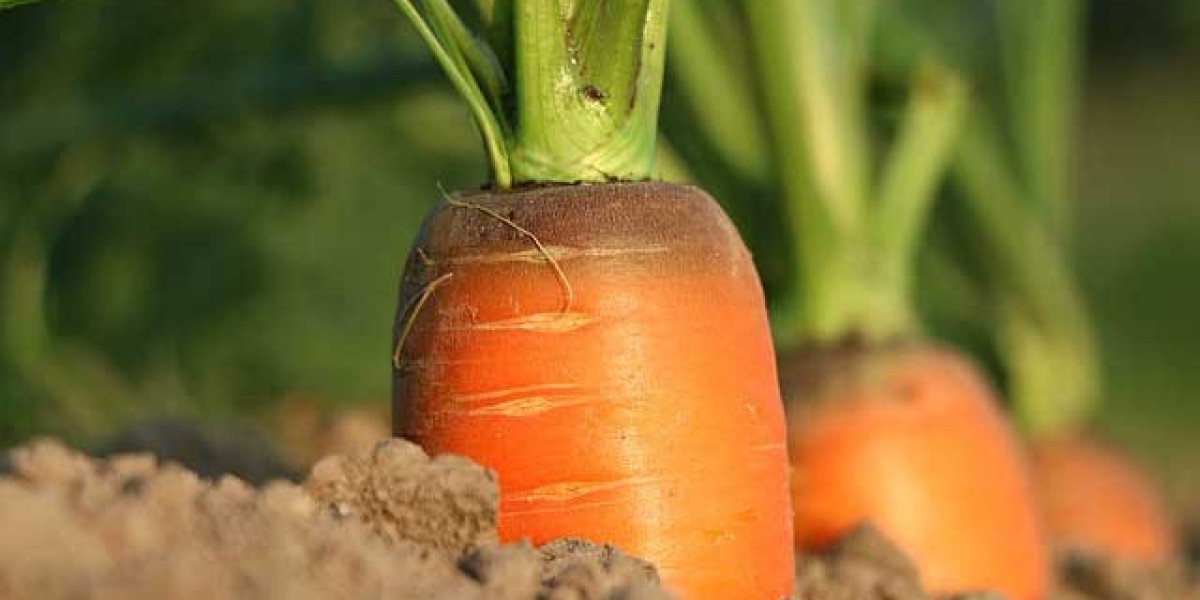1. Select the Right Time
Cabbage is a cool-season crop. For spring planting, start seeds indoors about 6-8 weeks before the last expected frost. For a fall harvest, plant seeds in mid-to-late summer.
2. Starting Seeds Indoors
Sow seeds about 1/2 inch deep in a sterile seed starting mix.
Keep the soil moist and at a temperature of about 65-75°F (18-24°C).
Seedlings should emerge in 5-10 days.
3. Transplanting Seedlings
Harden off the seedlings by gradually exposing them to outdoor conditions for about a week.
Transplant seedlings to the garden when they have 3-4 true leaves, spacing them 12-24 inches apart, depending on the desired size of the cabbages. Rows should be about 2-3 feet apart.
4. Site and Soil
Choose a sunny site with at least 6 hours of sunlight daily.
Cabbages prefer well-drained, fertile soil with a pH between 6.0 and 7.5. Enrich the soil with plenty of organic matter and a balanced fertilizer.
5. Watering and Care
Keep the soil consistently moist but not soggy. Cabbage needs about 1 to 1.5 inches of water per week.
Mulch around the base to retain moisture and suppress weeds.
6. Fertilization
Apply a nitrogen-rich fertilizer midseason to support leafy growth. Be careful not to over-fertilize, which can lead to rapid growth at the expense of solid head formation.
7. Pest and Disease Management
Monitor for common pests like cabbage loopers, aphids, and slugs. Use appropriate organic or chemical controls as necessary.
Keep an eye out for diseases like clubroot or black rot. Crop rotation and good sanitation can help prevent these issues.
8. Harvesting
Gloria F1 typically matures in about 70-80 days after transplanting. The heads should be firm all the way through when squeezed.



